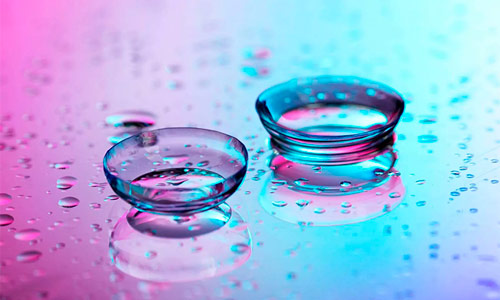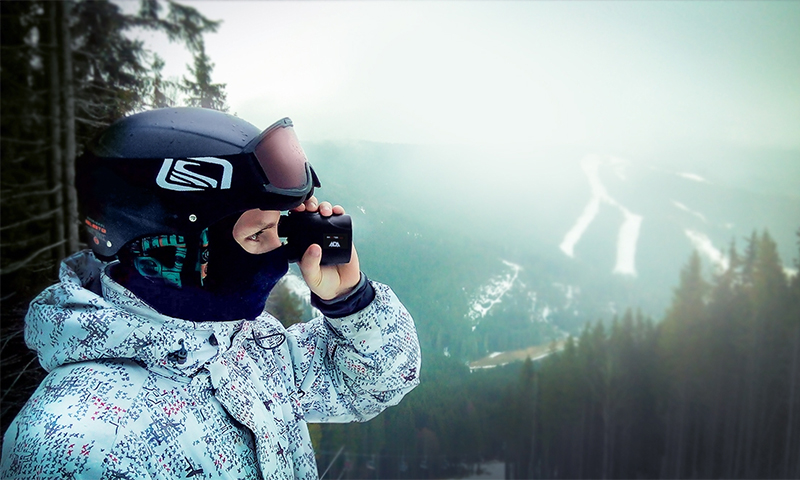Binoculars are used in various situations: fishing, hunting, traveling and observing sporting events, navigation on water and land, but his choice is rather difficult, because it is a real optical device with many nuances. Starting to study the differences of some models from others, the buyer is confronted with incomprehensible professional terms and numbers. To understand all this and purchase suitable binoculars for a specific activity, this educational program is provided.

Content:
The best manufacturers of binoculars - which company to choose
If you are too lazy to study the features of binoculars, then you can buy something proven from well-known manufacturing companies:
1. Olympus
2. Pentax
3. Nikon
4. Carl zeiss
5. Kowa
But given the different intended uses, it is worthwhile to familiarize yourself with the suitability of specific models in the accompanying ranking best binoculars. For the inquisitive buyer who is used to understanding everything on their own, the most interesting is described below.
The device and the principle of operation of binoculars
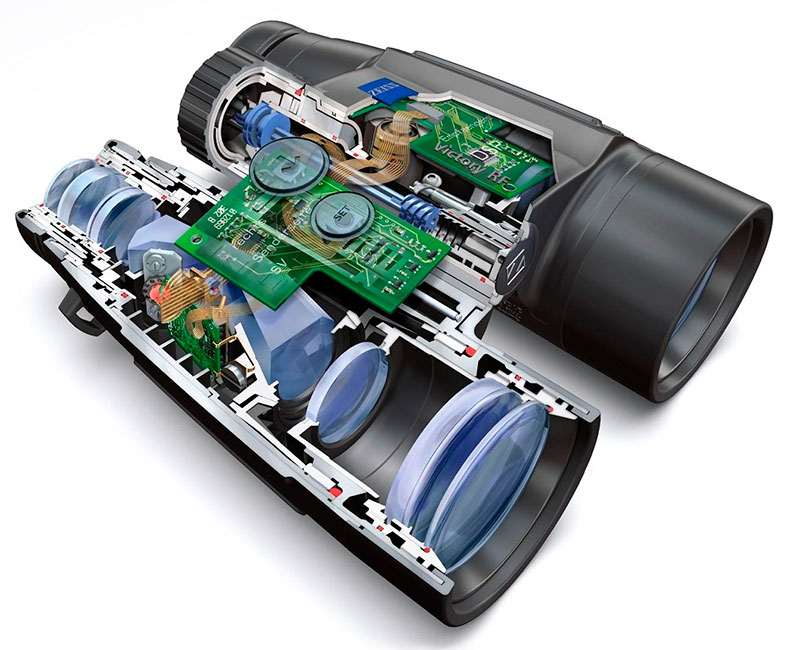
Binoculars are an optical device that allows you to visually approximate the observed object. This is achieved through an internal prism and lens system. Some models provide an overall large picture with a broad overview. Others increase the subject to the smallest detail, but it fills the entire frame and complicates focusing for moving targets.
Binoculars are used: in theaters and at sporting events, sea navigation, fishing, tourism, hunting, nature watching, in astronomy.
The device includes an optical device:
- eyepiece lenses;
- eye cup;
- prisms;
- housing;
- mount under the tripod;
- tube;
- lens lenses;
- setting elements (focus, diopter scale, inter-eye distance regulator).
The principle of operation is the passage of light through the objective lens with a concomitant increase in size, imaging through the prism and passage into the eyepiece lens. The light reduced to a thin beam hits the pupil of the eye and the retina, which is recognized as an image.
Types of binoculars
Despite the wide variety of binoculars, all models can be divided into amateur and professional. The classification is carried out according to the capabilities of the optics and the build quality.
Amateur Binoculars

They have a lens diameter range of 18-25 mm and a slight increase of 3-6 times. Designed for a satisfactory visual approximation and long-term observation of sports competitions, theatrical performances, travel or for general use. Suitable for children or as an inexpensive gift.
Advantages:
- compact case dimensions;
- a light weight;
- affordable cost;
- often sold with a practical case;
- nice design;
- there are metal cases;
- convenient adjustment.
Disadvantages:
- triple-magnification models are not suitable for parts lovers;
- lens diameter does not allow to use the device in unlit areas;
- There are plastic, rather than glass lenses, which are quickly scratched.
Professional binoculars
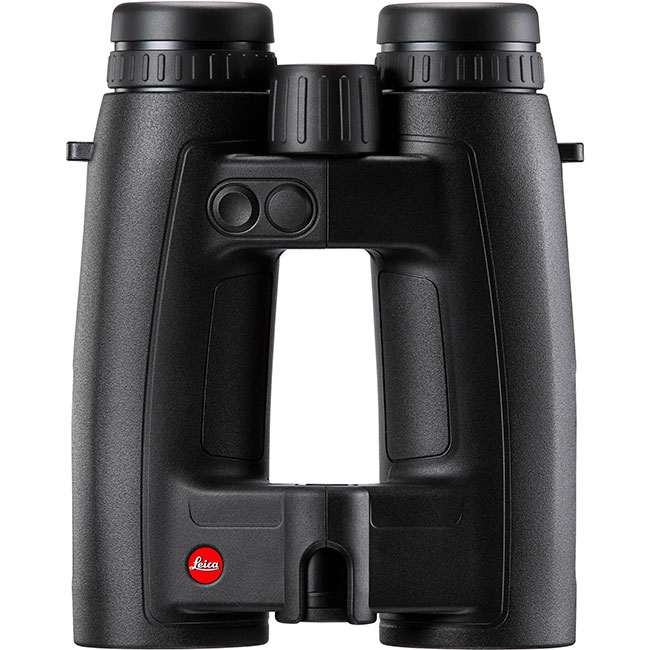
This type includes devices used for professional activities: hunting, fishing, rescue operations, observation of the stars. The models have a wide range of lens diameter and zoom options. There are binoculars with heavy-duty housings that do not allow water and dust to pass through, and also do not fog up with a sudden change in temperature.
Advantages:
- large lenses;
- retractable eyecup;
- rubberized body;
- the possibility of putting on a tripod;
- wide exit pupil;
- filling the interior with gas;
- high clarification of glasses;
- diversity by visibility;
- multiple increase;
- long warranty.
Disadvantages:
- some models weigh about 1 kg or more;
- high price;
- from repeated increase tired eyes.
Binocular selection options

Knowing the key features of optical devices and the terminology associated with this, it will turn out to choose the optimal model of binoculars for specific needs.
Lens size
This parameter varies from 18 to 110 mm and is measured on a wide end with a lens. The amount of light that gets into the optics and transmitted to the eyes depends on the size, which affects the brightness of colors, the beauty of perception, the clarity of the contours of the object and the naturalness of image transmission.
The larger the lens diameter, the higher the listed features, but the device is also more expensive. Models with an indicator of less than 30 mm will be useful for children or going to the theater. Optics from 30 to 40 mm allows you to keep track of sports competitions or conduct other review observations. Such binoculars are applicable in fishing.
From 40 to 60 mm gives a good light transmission, which is great for tourism, looking at architectural objects, hunting. Overall devices from 60 to 110 mm are placed in a special group and are designed to observe the stars.
Prism view
There are two main types of prisms, thanks to which the light and the image fall into the eyes. Porro - refers to the "broken" structure, where the beam is reflected from optical elements located at an angle of 45 degrees. Models differ in the wide case and reasonable cost. They are suitable for fishing, hunting or as a gift to a child.
Roof type implies a close arrangement of two tubes and a complex narrow prism inside, which gives a more natural image and allows you to place the whole system in a compact case. This is suitable for those cases where colors are important in observation: viewing of birds and nature, tourism.
Increasing capacity
The parameter that shows how many times the optical system is able to enlarge the object. The value is always written on the body with the first digit, after which there is a multiplication sign and the diameter of the lens is indicated. The minimum value is 3-7 times, which is suitable for children's binoculars or long-term observation of nature, fishing or hunting. Models with a 10-12 fold increase will allow you to see more details that will be appreciated by lovers of birds and tourism. For astronomy, you must select the parameter 12-25 times.
But it is worth remembering that a more powerful approximation gives a narrow picture, and vice versa, a smaller increase allows you to look wider at the place. For example, watching sports competition through 8x40, you can see five running athletes at once, and looking at 12x40, you will only be able to follow the leader or those who overtake him.
Even more powerful binoculars quickly tired eyes, so for long-term observation (for birds, sporting events) should acquire an average increase of up to 8 times. In the case of short use (hunting, tourism) suitable device with a strong increase (10).
Distance scale
The division applied to the optics allows to calculate the distance to it by the size of the object in the frame. A useful feature for hunters to plan everything or for sporting events, where you can assess the lag of one person / car from another, if you stand on the line of their movement.
Weight
With long observation, the hand can get tired of any weight, therefore, the lighter the binoculars, the better. The lightest models are 200-300 g. They are well suited for birdwatching, fishing or going to the theater. More voluminous devices 600-800 g will be useful for periodic viewing of the hunting zone, traveling. For astronomical purposes, an additional tripod is purchased, since optics can weigh up to 6 kg.
Housing
With quiet use of binoculars in the theater or at a sporting event, any body will fit, allowing you to firmly hold the device. It is desirable that he had a rubberized part or an additional telescopic handle.
In more extreme conditions, where the optics may fall and bump or be exposed to moisture (splashes, snow, falling into water), rubberized housings protected from ingress of liquid and dust are used. Additionally, their inner chamber is filled with nitrogen, which eliminates the temperature drop and lens fogging. It is important for hunting, fishing and navigation on the water. Use protective covers for lenses that will fold up or snap on the rubber cord.
Angular and linear field of view
These parameters show how far the picture will be on the sides and upwards from the observed object. The angular field of view can vary from 5.8 to 7.0 degrees. The linear field is calculated at a distance of 1000 m and shows how spacious the image will be in height. There are values from 50 to 130 m.
In practice, visibility is important for observing a major sporting event, bird migration, movement of a herd of animals, tall trees, or exploring a large architectural object. Here, the parameters 7.0 degrees and 122 m are chosen. In fishing or spot tracking of one animal / bird, 5.8 degrees and 50-60 meters will suffice.
The degree of enlightenment and the diameter of the exit pupil
This value describes how much light will be lost when passing through the lens. On ordinary glasses, this figure is up to 50%. With a small coated coating loss is 40%. Multi-layer lens processing allows you to achieve 10%.
The diameter of the exit pupil determines how much light will reach the retina through the exit hole in the binoculars. There are parameters from 2.5 mm to 5 mm. In the case of day observation, any model will do. But at dusk, in order to maintain acceptable visibility and picture quality, multi-layer illumination and exit pupil diameter of 4-5 mm (evening fishing, hunting) are required.
Convenience buttons
Using binoculars, periodically you need to adjust the sharpness and inter-eye distance. Getting to these buttons and moving parts should be comfortable, and operations are easy.
Which binoculars to choose
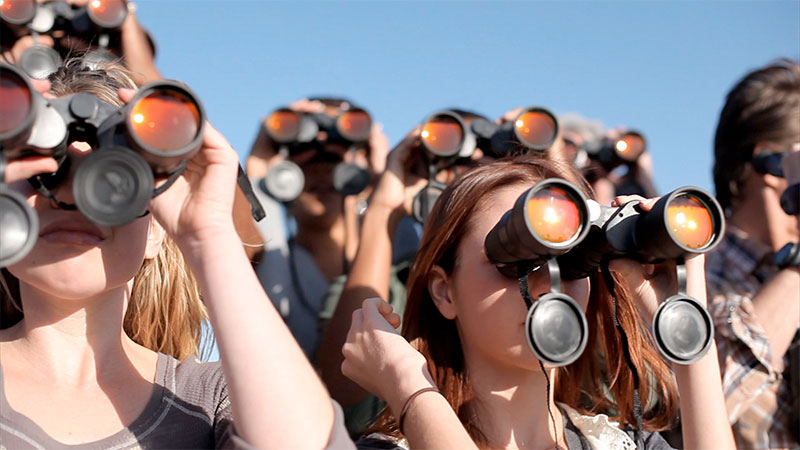
Having seen the key features of binoculars, it is not difficult to group these parameters for various purposes:
1. Binoculars for the theater will need 3-5-fold magnification with a lens diameter of 18-25 mm and an exit pupil size of 5-6 mm. An anti-reflective coating in one to two layers is useful to ensure good visibility in dim light. It is advisable to choose a model not heavier than 200 g.
2. For fishing and observing tackles with a narrow focus, you need a device that is 16x magnified, fully enlightened and waterproof. The diameter of the lens is 32 mm with a Roof prism and weighing 400 g.
3. To keep track of the hunt, a model with a rangefinder scale and a lens diameter of 50 mm, a high body security, a field of view of 114 m, an angle of 6.5 degrees and an increase of 7 times is useful.
4. It is convenient to look at the sights while traveling with a 10-fold magnification on the lenses of 25 mm, the Roof system, a field of view of 96 m, a angle of 5.5 degrees and rubber eyepieces of eyepieces.
5. It is best to watch the birds with a 36 mm lens, an increase of 8 times, a 4.5 mm exit pupil, and a nitrogen-filling in a shock-proof model.
6. The astronomer will need binoculars with a 25-fold magnification and a 100 mm lens, an exit pupil diameter of 4 mm, a waterproof housing, a built-in rod for a tripod, and a weight of 5.5 kg.
How much is binoculars
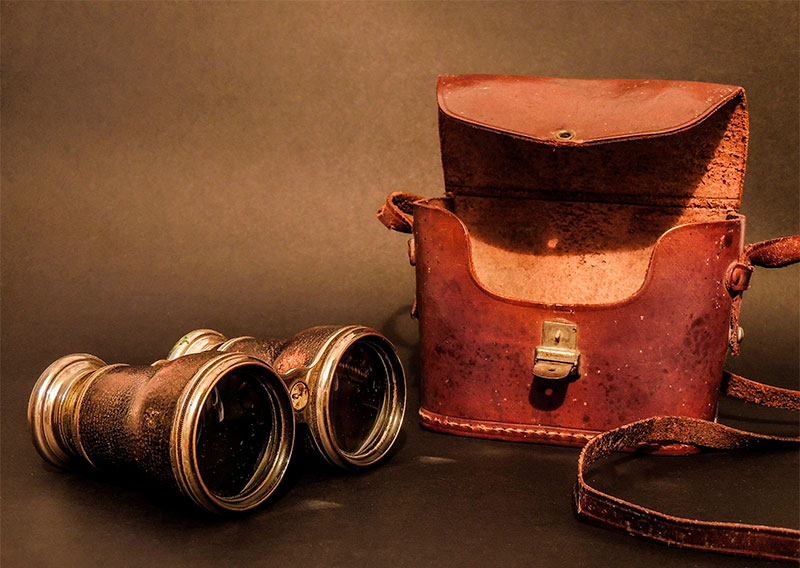
Knowing the key parameters, one can single out the cost of binoculars for various purposes:
1. For the theater model will cost 400-3000 rubles.
2. For fishing binoculars will cost 1200-5000 rubles.
3. The hunter will have to pay 1600-6000 rubles.
4. Tourist vehicles cost 1200-4000 rubles.
5. For bird watching, they buy binoculars for 1,800-40000 rubles.
6. Fans of astronomy pay from 6,000 to 35,000 rubles.
It will be interesting to friends too


